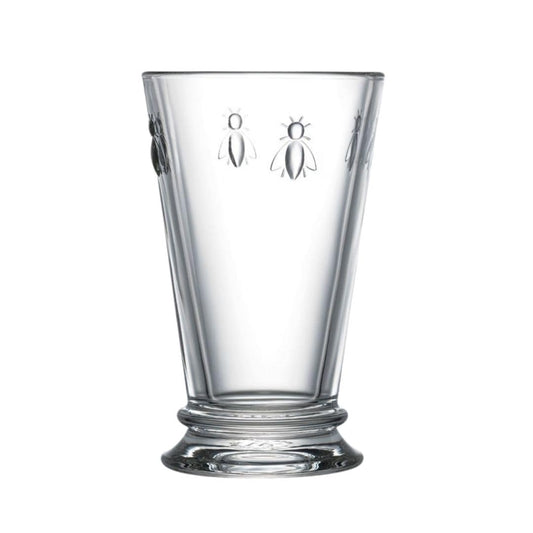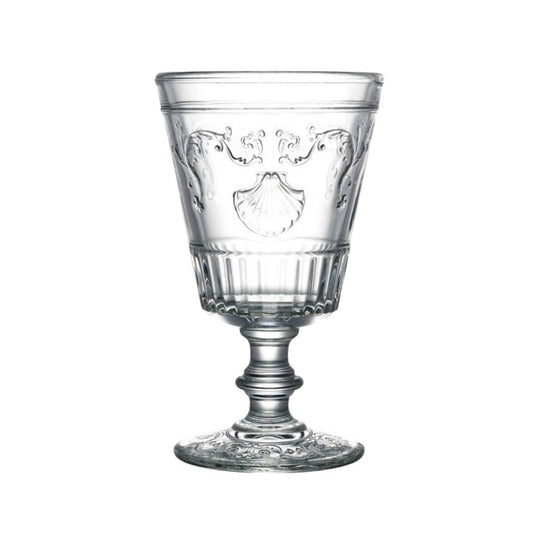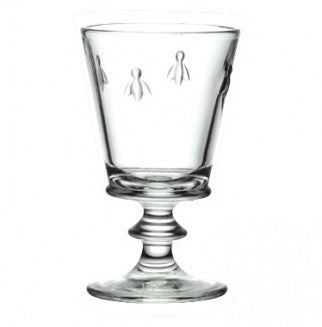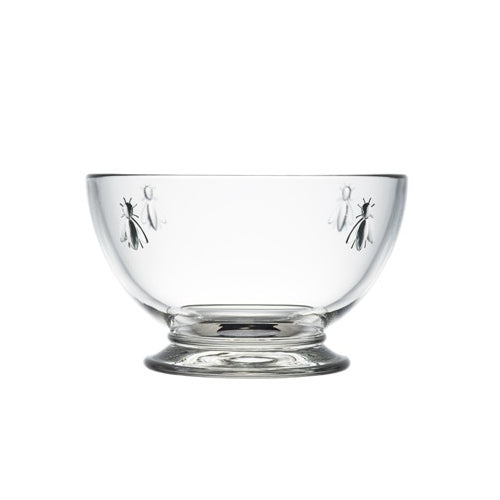
French pottery maker: Bérangère
Share
Bérangère is a French pottery maker. Serenity, that’s what I immediately felt when I arrived at Bérangère workshop. She opened it in 2012 in Samoy sur Seine, a French village of character. Indeed, the place inspires serenity: the village is along the river Seine and surrounded by the forest of Fontainebleau.
French porcelain
Bérangère works with the potter’s wheel, a specific porcelain technique few ceramists use. And to limit her impact on the planet, she conceived a process where there is only one firing phase in the oven. Her work has been recognized: she was distinguished as member of Ateliers d'Art de France, the French fine craft professional federation.
When I discovered Bérangère Céramiques, I was immediately attracted by the delicacy of her pieces. She has a unique signature: the houses. They are the central theme of all her creations. At the beginning, she created little houses in porcelain as decorative pieces. In a few years, she created new collections using different techniques to display her little houses in functional pieces (porcelain vases, porcelain jars …). Why the houses? She says they reflect our individuality and are associated with comfort and warmth. And actually, she observed that the symbolism and interpretation of the houses in her pieces are extremely diverse depending on the people. It's a theme that actually gets a personal sense for everyone.
For the French Address Collection Timeless, I selected her line called Relief: refined French porcelain pieces with a delicate decor. A second layer is added to the original piece with the design of small houses, creating like a French village around the pieces. The uniqueness of this line lies also in the contrast of the brilliant and soft glaze inside and the raw porcelain outside.
To know more about French porcelain, read on my article French porcelain: essentials & know-how. You will discover the history, the manufacturing process and how to recognize French porcelain.




